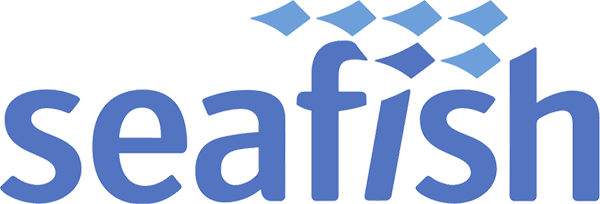REHIS - Elementary Food Hygiene (western 3c)
This is an invigilated test and can only be taken with support from a Seafish approved exam invigilator or trainer.
Pick the one correct answer for each question. The first 15 questions are worth 2 points each. At the end of the test you will have a chance to review your answers.
You have 30 mins to answer and review the 30 questions in the test.
This test consists of 30 Questions
